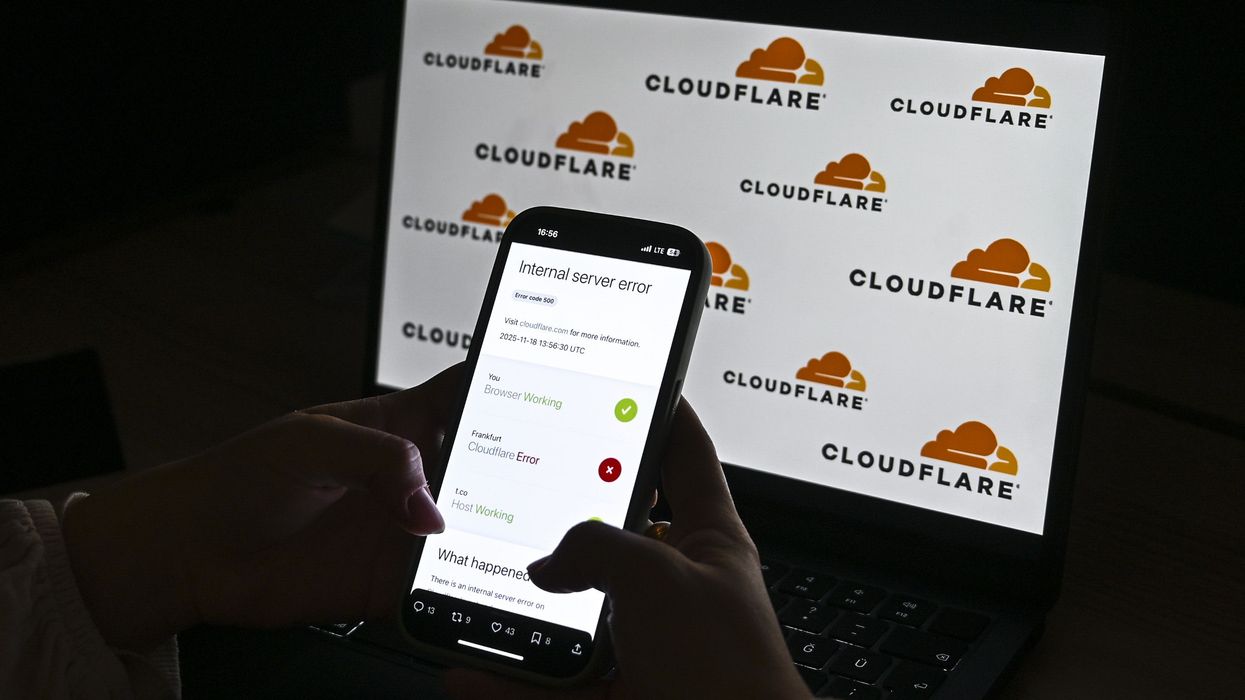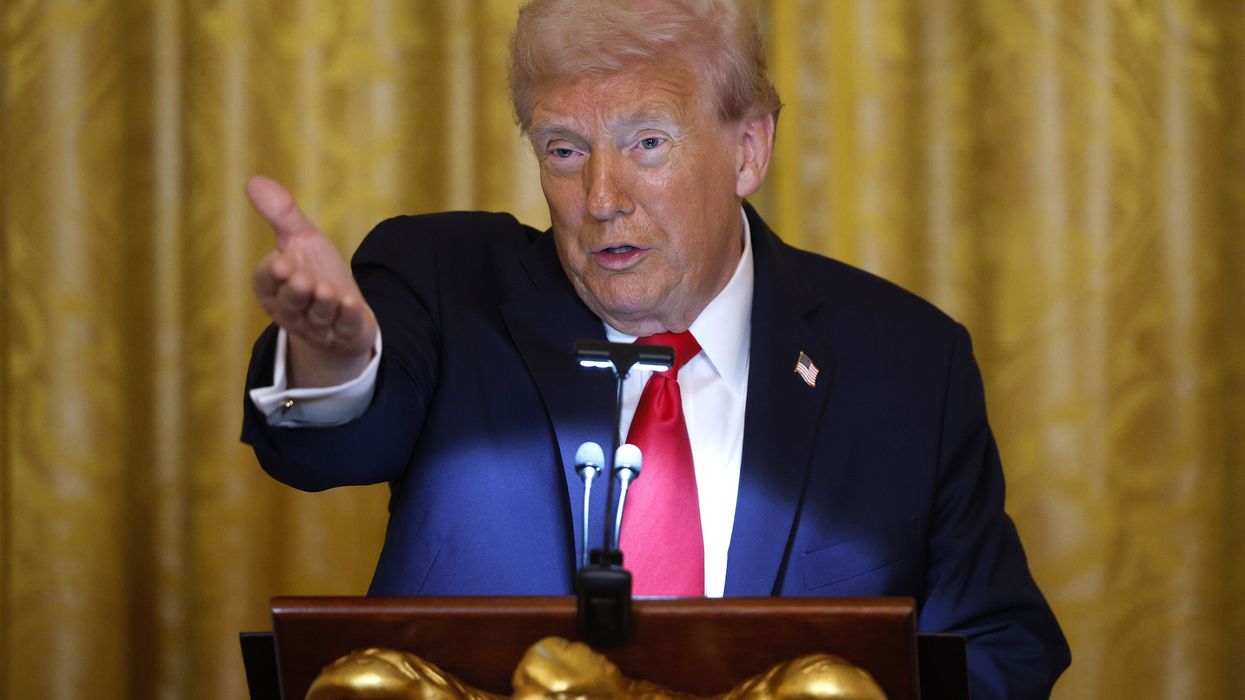'Make Corporate Complicity Unprofitable': Boycott Targets Companies Tied to ICE
"We cannot out-organize a fascist administration while simultaneously bankrolling the companies profiting from its cruelty," said the head of Beyond the Ballot.
A Gen Z-led advocacy group fighting for working-class priorities on Tuesday announced a boycott campaign targeting major corporations "that enable, profit from, or directly collaborate with Immigration and Customs Enforcement (ICE) and the broader racist policies of the Trump administration."
Beyond the Ballot launched "Not With My Dollars: ICE Out of My Wallet" as President Donald Trump's violent crackdown on immigrants in diverse communities across the United States continues and just days before Black Friday kicks off the winter holiday shopping season.
"We cannot out-organize a fascist administration while simultaneously bankrolling the companies profiting from its cruelty," said Victor Rivera, the organization's executive director, in a statement. "Every dollar spent at a complicit corporation is a dollar funding the abduction and disappearance of our neighbors. It’' time to make corporate complicity unprofitable, for good."
The group is taking aim at e-commerce behemoth Amazon and its grocery subsidiary, Whole Foods; tech giants Dell and Microsoft; Home Depot; streaming platform Spotify; and retail chain Target. The boycott webpage explains the reason each is listed, actions shoppers should take, and the campaign's demands. In some cases, it also offers alternative companies.
Target is under fire for its "broad range of cooperation with the Trump administration's racist policies." The campaign is calling on the company to not only publicly commit to refusing collaboration with ICE but also immediately reinstate its scrapped diversity, equity, and inclusion policies.
Spotify is on the list for airing ICE recruitment ads—a decision that also recently prompted a boycott call from the group Indivisible.
The campaign site calls out Home Depot because it has "repeatedly allowed ICE agents to patrol and detain workers and customers in its parking lots and stores, usually without presenting judicial warrants or establishing probable cause," and demands an end to those practices.
The group is urging Microsoft to end its "$19.4 million contract with ICE to provide artificial intelligence capabilities and processing data." The Dell section highlights that it has provided $18.8 million to "support the office of ICE's chief information officer through the purchase of Microsoft enterprise software licenses," and similarly calls for terminating that contract with the US Department of Homeland Security (DHS).
The Amazon section states:
REASON: Amazon Web Services (AWS) is the digital backbone of ICE's machinery, selling the cloud power that helps track, target, and tear families apart.
ACTION: Stop shopping on Amazon where possible; cancel Prime subscriptions if feasible; push universities, unions, nonprofits, and campaigns to move off AWS when and where feasible, and to issue statements condemning Amazon’s role in corporate-sponsored mass deportations.
DEMAND: End all ICE/DHS immigration enforcement contracts and data hosting that enable deportations; adopt a binding human-rights policy banning support for immigration policing.
ALTERNATIVES: Bookshop.org and local bookstores; direct-from-brand purchasing; cooperatives; independent retailers.
The site also stresses that "every dollar spent at Whole Foods directly strengthens Amazon, whose AWS platform is the digital backbone of ICE's machinery, powering the tools used to track, target, and tear families apart."
While the campaign is beginning just before Black Friday, boycott organizers aim to ensure it will "not disappear" after this week.
"Unlike other consumer boycotts, Not With My Dollars is designed for long-term pressure and escalation," Beyond the Ballot said. "To be removed from the boycott list, each targeted corporation must fulfill the specific demands outlined for its company. Anything less is not accountability, just more corporate PR."
"If you bankroll a violent, unaccountable agency that terrorizes our communities, you will not do it with our money," the group added. "Across the country, poor and working-class migrant families are facing a wave of state-sponsored abductions, violence, and political policing under the fascist Trump administration. Corporations that choose to partner with, advertise on, bankroll, or provide critical infrastructure to ICE are not neutral; they are complicit."


